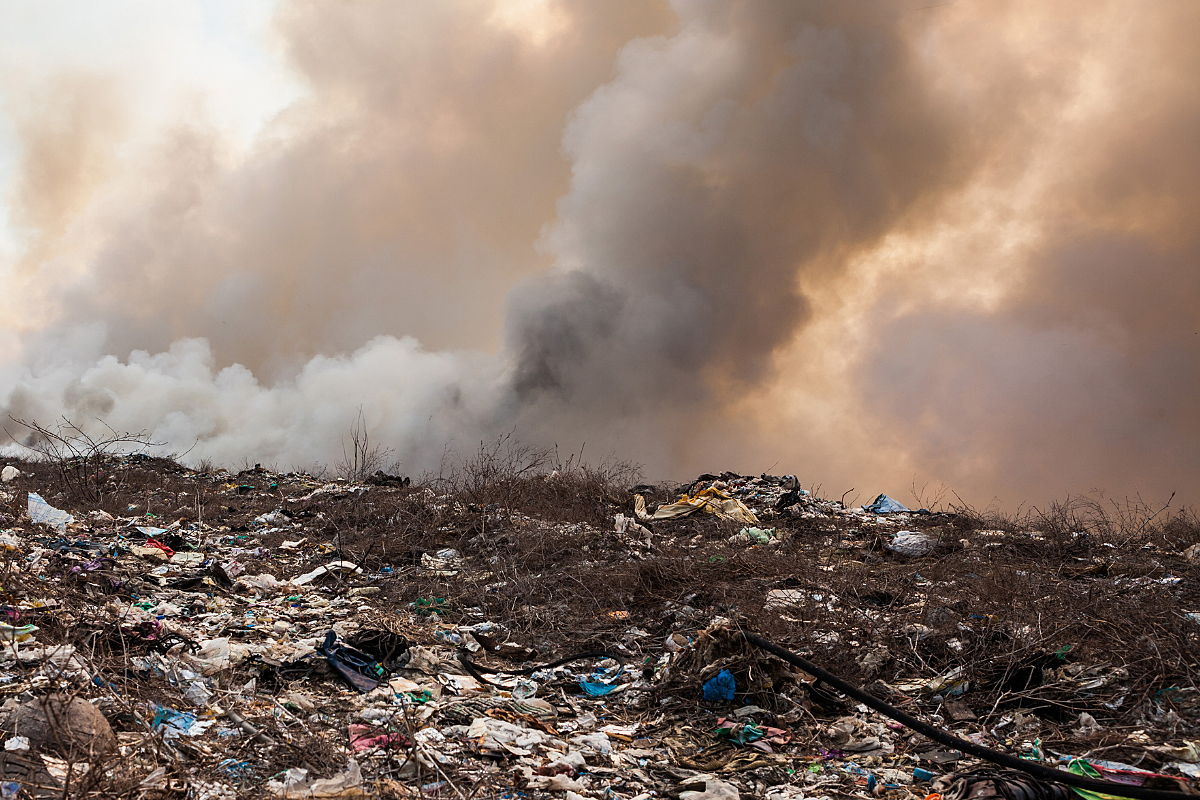In Kenya’s lively towns and peaceful countryside, an invisible threat is quietly building: methane gas emissions. Though less spotlighted than carbon dioxide, methane plays a powerful role in accelerating climate change.
According to a new report by the United Nations Environment Programme (UNEP), human-caused methane emissions are responsible for roughly a third of the planet’s current warming.
Reducing these emissions is the fastest, most cost-effective way to slow global warming in the near-term and is essential to avert climate tipping points.
Experts from the United Nations and regional organisations are increasingly emphasising the urgency of cutting methane, calling it one of the fastest and most efficient ways to cool the planet.
Methane is a potent greenhouse gas, trapping heat far more effectively than carbon dioxide. According to the UN, reducing methane is not only cheaper but also delivers results much faster.
Because methane lingers in the atmosphere for a shorter time, about a decade, compared to centuries for CO₂, any cuts made today could lead to noticeable climate benefits within just a few years.
Here in Kenya, the evidence of methane
emissions is woven into everyday life. Agriculture, especially livestock farming, is one of the largest sources. Cows, for instance, naturally produce methane during digestion, and poorly managed animal waste can intensify the problem.
To address this, the International
Livestock Research Institute (ILRI) has launched a unique initiative to breed cattle that emit less methane. The goal is twofold: to protect the environment while helping farmers raise more productive and resilient animals.
County governments are also stepping up. In Kirinyaga County, a new waste management program aims to curb methane from landfills. The system promotes the separation of organic waste to prevent anaerobic decomposition, a process that typically releases methane.
Governor Anne Waiguru has emphasised that the initiative not only reduces harmful emissions but also fosters a cleaner, healthier community.
These efforts align with Kenya’s broader commitment to the UN Sustainable Development Goals, particularly those focused on cutting greenhouse gas emissions.
Still, the journey is not without obstacles. A study by the African Centre for Technology Studies reveals that Kenya faces a 79% funding gap in its climate action plans. Without sufficient financial support, many critical projects, including those targeting methane, could struggle to move forward. Bridging this gap is essential if Kenya hopes to build a cleaner, more climate-resilient future.
Tackling methane emissions gives Kenya a real chance to make meaningful progress in the fight against global warming. Through collaboration between government, scientists, and local communities, the country can lead by example. As the world searches for solutions to the climate crisis, Kenya’s efforts remind us that real change begins with local action and shared responsibility.
Follow us on WhatsApp for real-time updates, community voices, and stories that matter.
